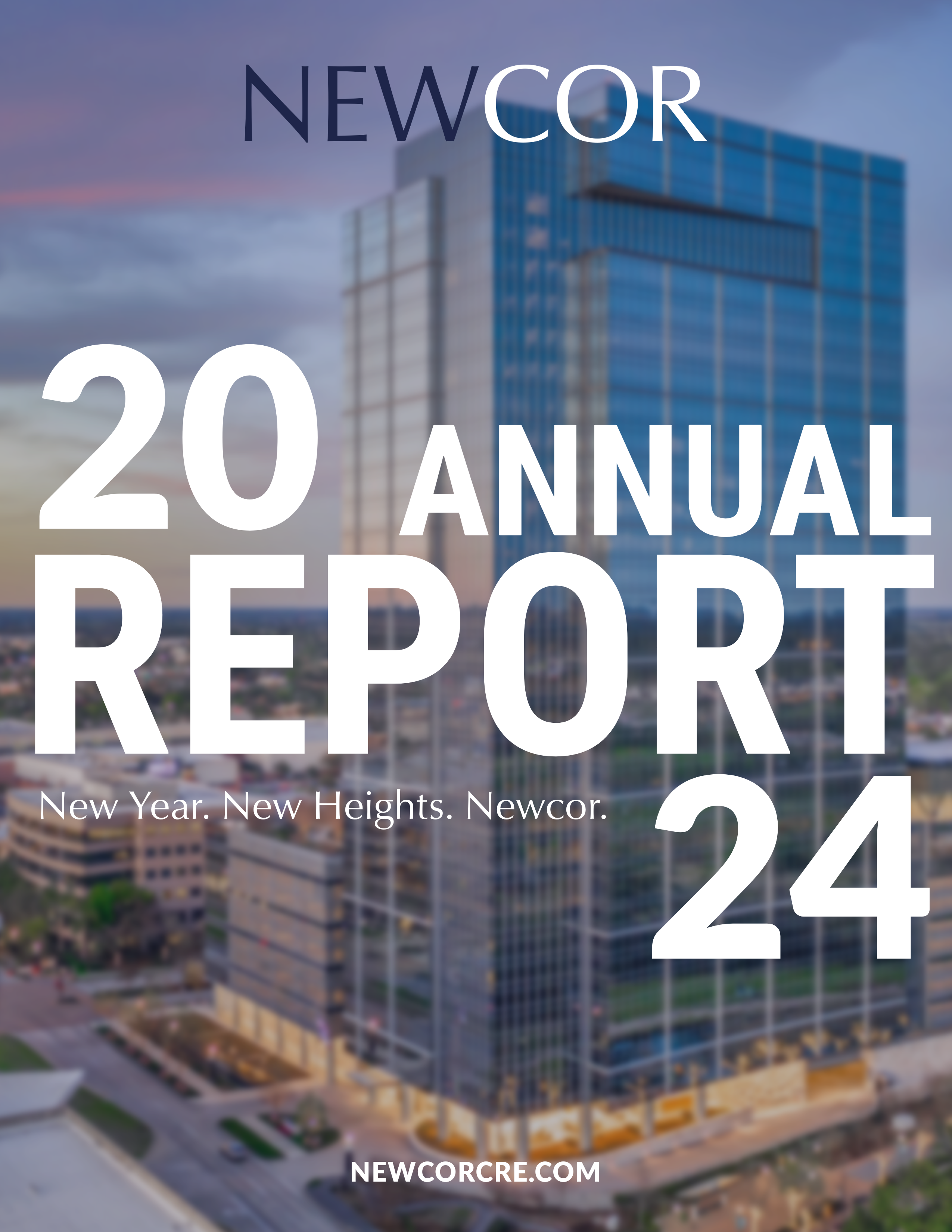Tip Tuesday

In today’s competitive commercial real estate market, keeping occupancy costs in check while minimizing risk is critical for success. As a commercial real estate firm, you’re likely focused on maintaining profitability while fostering positive tenant relationships. To help you achieve these goals, we’re diving deeper into four strategic ways to reduce occupancy costs and risks that directly impact your bottom line. Here’s why these strategies matter and how to approach each one effectively.
1. Increase the Grace Period for Late Rents
Why It Matters:
Extending the grace period before late rent penalties are applied can significantly improve tenant relations. Many tenants experience temporary cash flow issues and giving them a bit of extra time to settle their rent without penalty fosters goodwill. This can help retain tenants longer, reduce vacancy rates, and lower turnover costs.
Approach:
- Review Current Lease Terms: Examine current lease agreements to determine the current grace period (typically 5–10 days). Consider extending it by a few extra days if feasible.
- Communicate Clearly: Ensure that tenants are aware of the updated grace period and explain the reason for the change – showing that you’re considerate of their business challenges.
- Set Expectations: Although the grace period is extended, make sure tenants know that consistent late payments can still lead to other consequences.
2. Decrease the Late Penalty
Why It Matters:
While late penalties are often necessary to ensure timely payments, lowering them can incentivize tenants to prioritize their rent payments over other expenses without feeling excessively penalized. Lower penalties also reduce friction between you and your tenants, especially during times of economic uncertainty.
Approach:
- Assess the Current Penalty Rate: Evaluate whether your current late payment penalty is in line with industry standards and tenant expectations. If it’s too high, consider lowering it to maintain positive tenant relations.
- Phase in Adjustments: If you choose to lower the penalty, announce the change ahead of time and phase it in gradually, giving tenants time to adjust.
- Encourage Timely Payment: Pair the reduced penalty with incentives, such as small discounts or perks, for consistently on-time payments.
3. Reduce Events of Default
Why It Matters:
Defaults can be costly and time-consuming for both landlords and tenants. Reducing the number of events that trigger default will help to minimize legal risks and encourage tenants to resolve issues proactively before they escalate. It also prevents the disruption of cash flow that comes with re-leasing a space after a default.
Approach:
- Simplify Lease Agreements: Identify clauses in your lease agreements that are unnecessarily complex or overly punitive. Streamlining these sections can reduce the chances of tenants unintentionally defaulting.
- Provide Early Warnings: Instead of going straight to default when a tenant violates a lease term, consider offering warnings or outlining steps tenants can take to rectify the situation before it escalates.
- Build Flexibility into Leases: Give tenants the flexibility to address minor breaches without automatically triggering a default, reducing the need for costly legal proceedings.
4. Increase the Time Allowed to Cure Defaults
Why It Matters:
Granting tenants more time to cure defaults can prevent lengthy vacancies and expensive legal battles. Tenants facing temporary setbacks often need a little breathing room to resolve issues. Allowing extra time for tenants to cure defaults is a win-win, as it helps stabilize your property’s cash flow while giving tenants a fair chance to remain in good standing.
Approach:
- Extend Cure Periods in Leases: Increase the default cure period (commonly 30 days) to 45 or 60 days, especially for non-monetary defaults. This gives tenants more flexibility to resolve issues without rushing into default.
- Case-by-Case Flexibility: Consider evaluating defaults on a case-by-case basis, giving additional time based on the specific circumstances of each tenant, especially during economic downturns or industry-wide disruptions.
- Maintain Open Communication: Keep lines of communication open with tenants who are approaching default. Offering support or extending time can demonstrate your commitment to their success.
Conclusion
By implementing these strategies, you not only reduce occupancy costs and risk but also foster stronger tenant relationships, ensuring a more stable and profitable portfolio. Whether it’s extending the grace period, reducing penalties, or offering tenants more time to cure defaults, these adjustments can go a long way in enhancing both the short- and long-term success of your commercial real estate investments.
For more insights on how these strategies can be tailored to your specific needs, click the link below to explore each one in further detail.
When you subscribe to the blog, we will send you an e-mail when there are new updates on the site so you wouldn't miss them.



